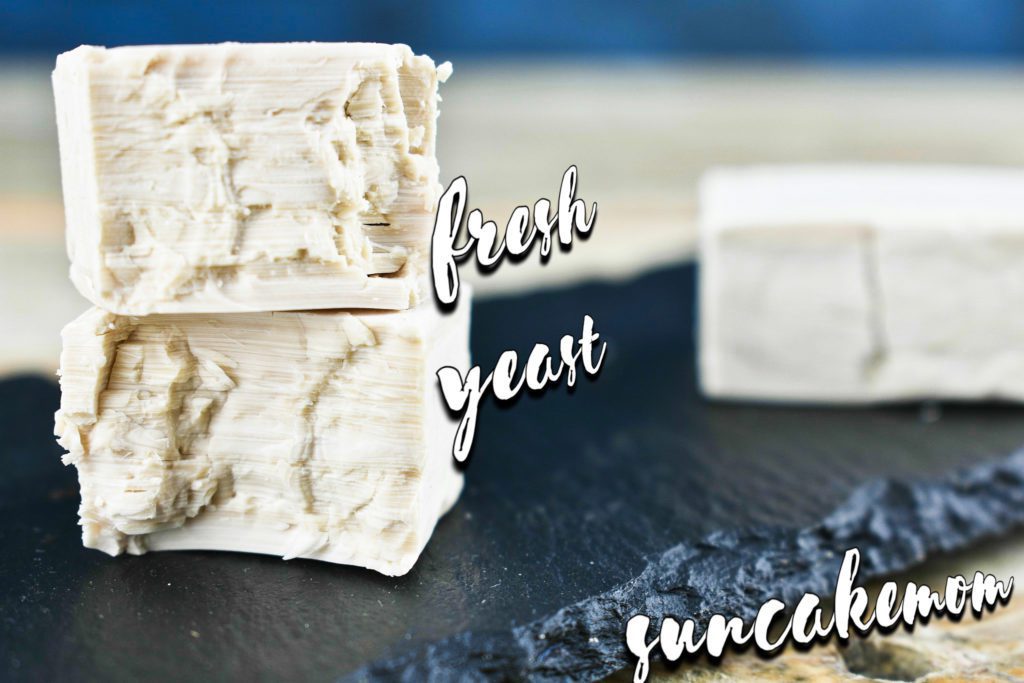Here are some tips and tricks that we’ve picked up over the years.
 •Store dry yeast in the freezer. Yeast will last almost indefinitely when frozen.
•Store dry yeast in the freezer. Yeast will last almost indefinitely when frozen.
•You do not need hot water to activate the yeast. A small amount of room-temperature or slightly warm water works best. Let it sit for a minute or two and then stir it with a spoon or a fork until the yeast is completely dissolved. It should be smooth and silky. Also crushing the yeast by hand and sprinkle it on top of the flour works well, given that we knead the dough long enough.
•You do not need sugar to activate the yeast. This is a half-true old wives tale leftover from when yeast wasn’t preserved as well as it is now. A pinch of sugar will make yeast bubble up, thus proving that the yeast is still active and hasn’t expired. However, it doesn’t actually help (or hinder) the rising of the bread.
•Yeast will feed on the sugar and starches in your dough and expire CO2, which is what causes the dough to rise.
•Yeast feeds and reproduces best between 68°F – 81°F /20°C – 27°C. If your house is too cold, turn on the stove for a couple of minutes and then let your dough rise in there. (Don’t forget to turn the stove off!) If your house is too warm, find a cooler place for it to rise. Sometimes this is also the turned-off oven (though don’t pre-heat it this time).
•Yeast ferments best at 95°F / 35°C.
•Yeast goes dormant below 50°F / 10°C .
•Yeast dies at 140°F / 60°C.
•One tablespoon / 8.5g of yeast will leaven 3-6 cups / 350-720 grams of flour, or even more.
•Fat, eggs, dairy, salt, and cold conditions slow down yeast activity. Lean doughs made of mostly flour and water will rise faster than rich doughs that are made with more fat, eggs, or dairy. Rich doughs like cinnamon rolls, monkey bread, and brioche may not rise as much or may simply take longer to rise than other doughs.
If you’re eager but nervous to start baking, the best advice is to tea, up with someone who’s already been baking for a while. It makes such a difference to have someone there watching you, talking you through each step, and showing you how it’s done.

It doesn’t seem difficult at all.